Why Timely Construction Waste Cleanup Can Save You Money
Proper management of construction waste is a critical aspect of any project that many overlook. The financial benefits of timely construction waste cleanup are substantial, often manifesting as both short and long-term savings. Construction projects often deal with a plethora of issues related to waste management, including compliance with regulations and managing project timelines. Effective waste management helps mitigate these issues, directly addressing budget overages. Ignoring these aspects not only inflates costs but also leads to potential legal and environmental repercussions. This article explores how timely waste management can result in significant cost savings, enhanced efficiency, and improved environmental outcomes. According to HomeAdvisor, post-construction cleaning generally takes about one hour for every 100 to 200 square feet.
The Types of Construction Waste
Construction waste is categorized into several types, each with its unique handling requirements and disposal methods. Material offcuts, a common type of waste, result from cutting materials like wood and metal to size, whereas packaging waste accumulates from the various materials delivered on-site. Demolition debris, another significant category, includes concrete, bricks, and other materials reclaimed during the demolition phase. The variety and volume of these waste types necessitate strategies tailored to each, optimizing disposal and recycling processes. Thorough knowledge of these waste types enables project managers to implement more effective waste management practices.
Handling the various types of construction waste efficiently is crucial not just for reducing costs but also for ensuring regulatory compliance. By strategically planning the storage and disposal of waste materials, companies can reduce the space required on-site for waste storage. Additionally, sending waste to the appropriate recycling facilities minimizes environmental impact and reduces disposal fees. Effective sorting and separation of waste can significantly decrease the overall volume of waste sent to landfills. Employing methodologies that address these aspects can simplify the waste management process significantly.
Financial considerations are always top-of-mind for project managers dealing with construction waste. Each waste type carries its specific disposal fee structure, which can add up quickly if not managed. For instance, hazardous waste requires special handling that often involves higher disposal costs compared to non-hazardous waste. The ability to forecast and manage these costs can lead to better budget adherence and enhance project profitability. By integrating these strategies early in the project, financial resources can be better allocated, avoiding unexpected expenses related to waste management.
Sources and Categories
Construction waste arises from numerous sources, often categorized into specific groups for better management. Common sources include construction sites, renovation projects, and demolition sites, each contributing a variety of waste materials. These materials typically fall into categories such as construction and demolition debris, hazardous materials, and recyclable materials like metals and glass. Properly identifying the sources and categories of waste on a project helps allocate resources efficiently, resulting in significant time and cost savings. Understanding these distinctions is crucial for implementing effective waste management strategies that comply with regulatory requirements.
Managing waste stemming from varied sources requires a tailored approach, given that each category demands different handling and disposal methods. Concrete and masonry materials constitute a major portion of construction waste and often require different disposal processes compared to metal or wood. Hazardous waste, including materials such as asbestos, requires specialized disposal procedures that emphasize safety and regulatory compliance. Effective categorization of these materials allows teams to plan waste management activities efficiently, ensuring minimal disruption to construction schedules. This segmentation approach facilitates a more organized and economical handling of waste materials, aiding in overall project management.
The impact of construction waste is not limited to environmental consequences but extends to financial outcomes as well. By leveraging a strategic approach to managing different types of waste, companies can optimize resource use and reduce costs associated with waste processing and disposal. Implementing waste management protocols that are tailored to each category can mitigate potential legal liabilities and align with sustainability goals. These practices not only improve project efficiency but also contribute to the company’s corporate responsibility objectives. Understanding the broad scope of waste types and their implications is, therefore, fundamental for successful project delivery.
Regulatory Requirements
The construction industry is subject to rigorous regulatory standards intended to minimize its environmental impact and manage waste responsibly. Compliance with local, state, and federal regulations is mandatory and encompasses elements such as waste disposal methods, recycling protocols, and documentation requirements. Failure to adhere to these regulations can result in hefty fines, project shutdowns, and damage to a company's reputation. Awareness of these requirements ensures that waste management practices meet necessary standards, facilitating smoother project execution. Staying informed about these regulations is crucial for avoiding legal pitfalls and ensuring project timelines are not compromised.
Meeting regulatory requirements can seem daunting, but it is a critical aspect of effective waste management. These regulations often mandate waste separation and recycling, requiring thorough knowledge and planning. Regular audits and inspections keep construction sites accountable, ensuring practices align with legal obligations. Incorporating these regulations into the core waste management strategy enhances the company’s capability to handle waste responsibly. Ultimately, staying compliant not only mitigates legal risk but also positions the company as a responsible entity committed to sustainability and community well-being.
Regulatory compliance also presents financial implications; adhering to regulations can lead to cost savings by avoiding penalties. Furthermore, investing in compliance can enhance efficiency and resource use, driving down waste management costs. Many regulatory frameworks also offer incentives for companies that exceed baseline requirements, encouraging proactive waste management practices. By aligning company values with regulatory standards, businesses can achieve both compliance and financial goals. This underscores the importance of embedding regulatory knowledge into the waste management practices of construction projects.
Potential Environmental Impact
The environmental impact of construction waste is far-reaching, affecting ecosystems and contributing to pollution if not managed correctly. Any lapse in waste management efforts translates to unfavorable environmental outcomes, often reflected in a project's overall costs. Improper waste disposal leads to increased landfill use, smog from burning waste, and potential contamination of natural habitats. Addressing these issues effectively requires the implementation of methods that minimize environmental degradation while aligning with economic priorities. Companies can thus reduce costs associated with mitigating pollution while simultaneously improving their environmental footprint.
Using sustainable waste management practices is essential in mitigating the harmful effects of construction waste on the environment. Incorporating recycling and reuse strategies, for instance, reduces the volume of waste directed to landfills, conserving resources and minimizing emissions. Innovative recycling technologies provide opportunities to transform waste into reusable materials, supporting a more circular economy. Efficient waste management practices not only reduce environmental impact but also present significant financial benefits by lowering disposal costs. Adopting a proactive approach to environmental management ensures compliance with regulations while enhancing sustainability outcomes.
The environmental consequences of improper waste management often have long-term repercussions on a project's financials. The costs associated with restoring damaged ecosystems or addressing regulatory violations add to the project's expenses. By integrating environmental conservation strategies, project managers can secure both immediate and future cost savings. This proactive approach reduces liability risks and supports the overall sustainability goals of the organization. Companies dedicated to minimizing their environmental impact through responsible waste management reap financial rewards and contribute to broader ecological preservation efforts.
Costs Associated with Construction Waste
The costs associated with construction waste are multifaceted and encompass direct, indirect, and hidden expenses. Direct costs include waste transportation, storage, and disposal fees, all of which are straightforward and measurable. Indirect costs, however, present more complex challenges, manifesting as productivity loss, project delays, and potential regulatory fines. Postponing waste cleanup can also result in hidden costs like increased safety risks and increased liabilities due to hazardous waste exposure. Understanding these cost components allows project managers to devise strategies that minimize waste-related expenses effectively. Be sure to reach out to AAA Carting today for more information on our professional construction waste cleanup!


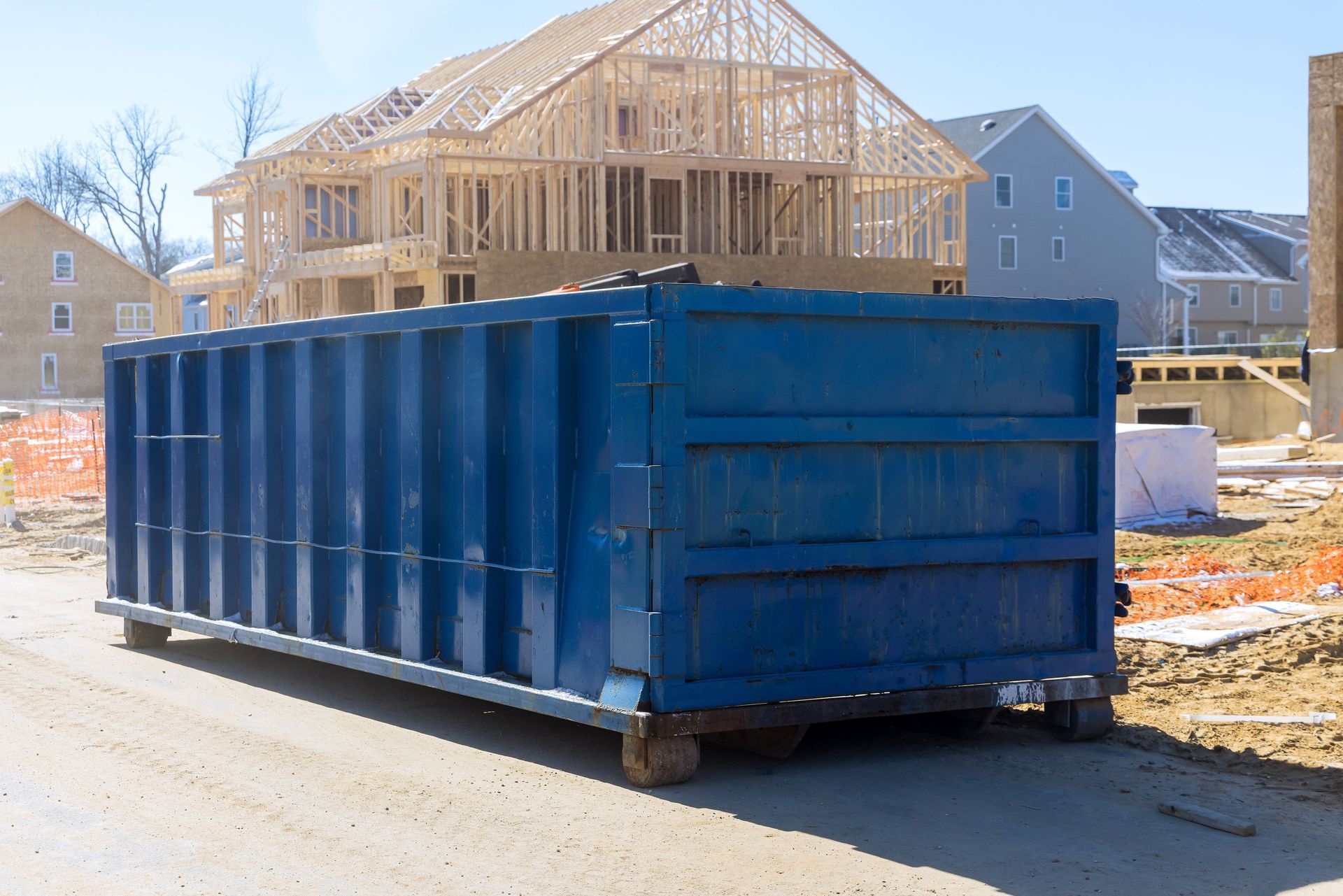
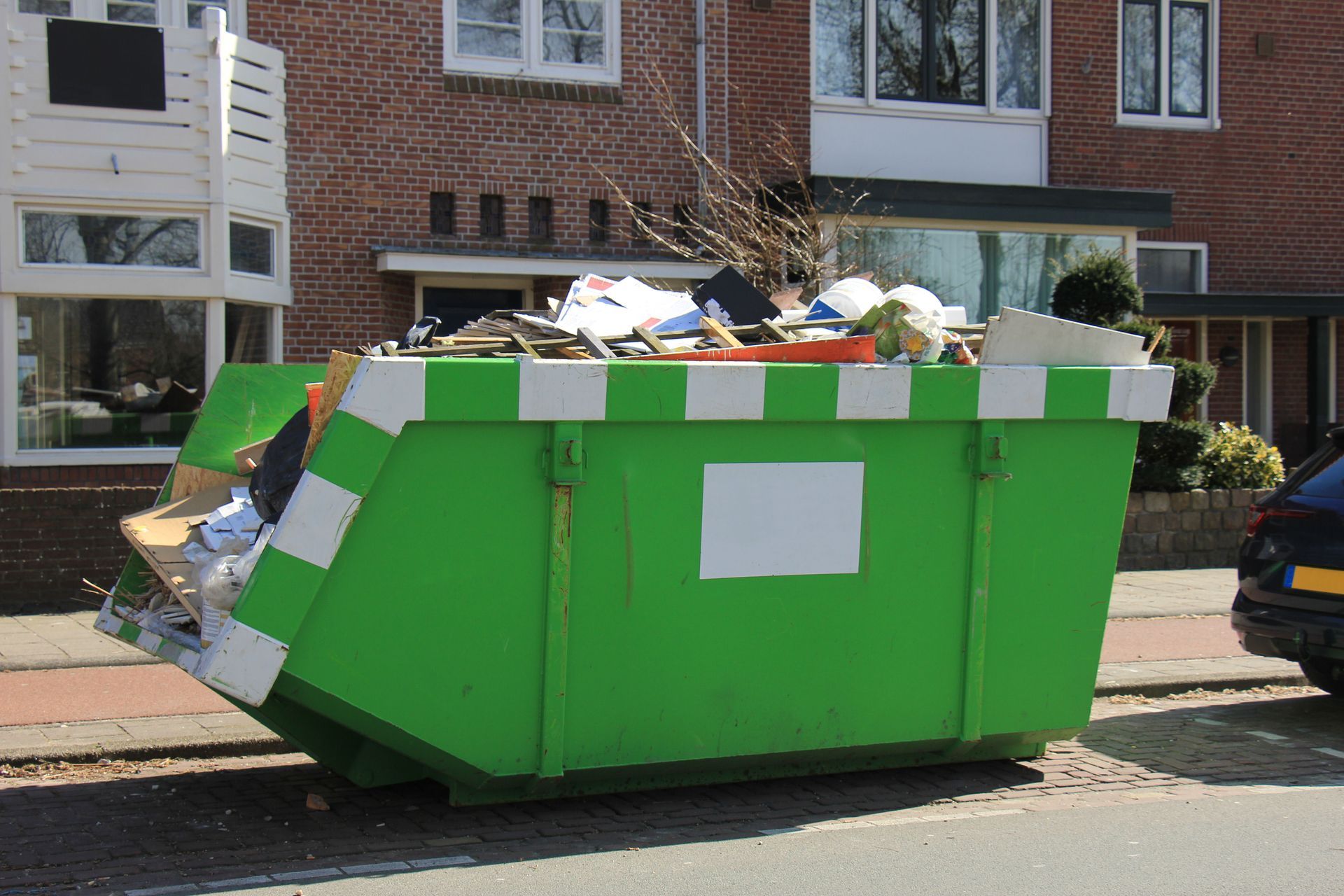
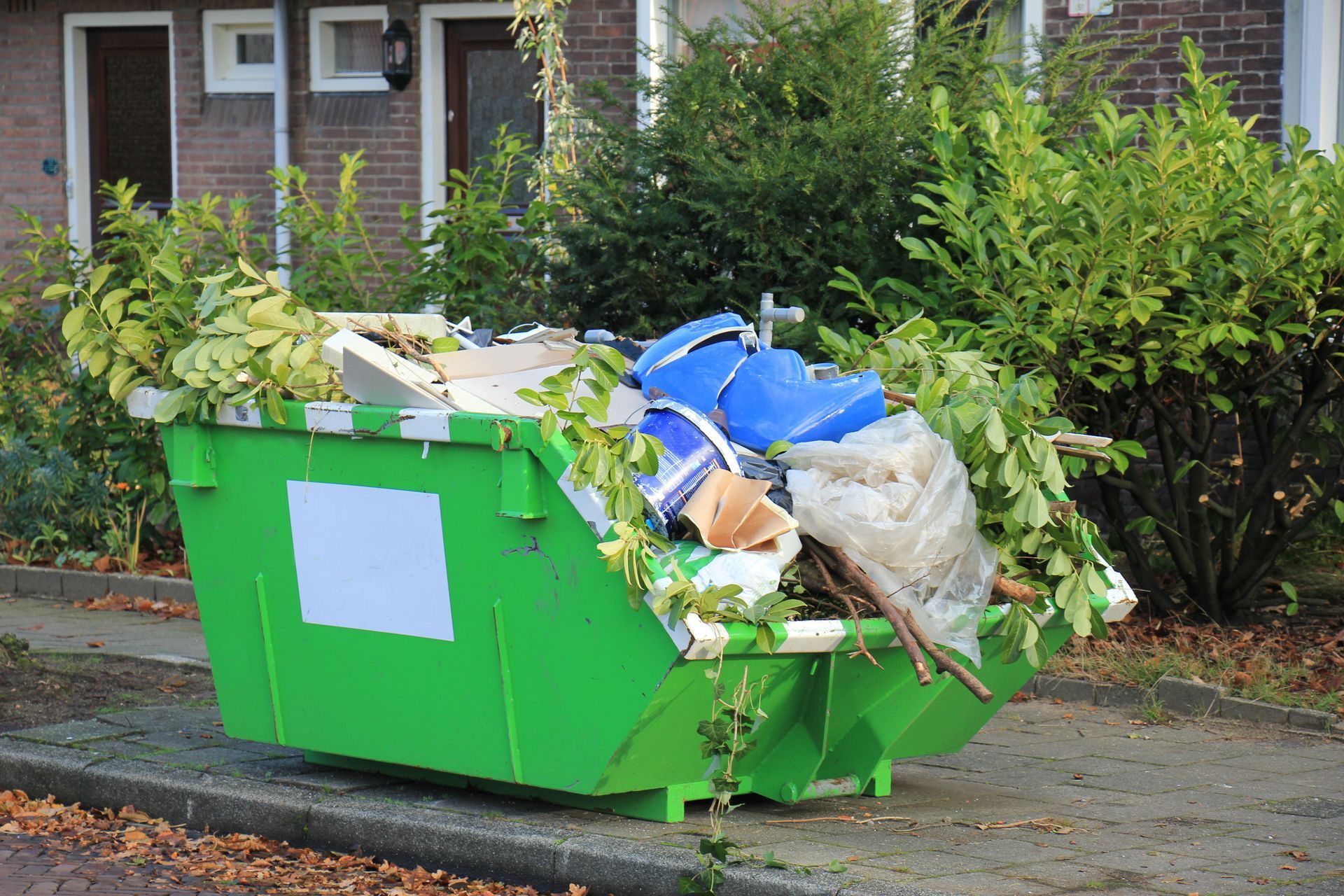
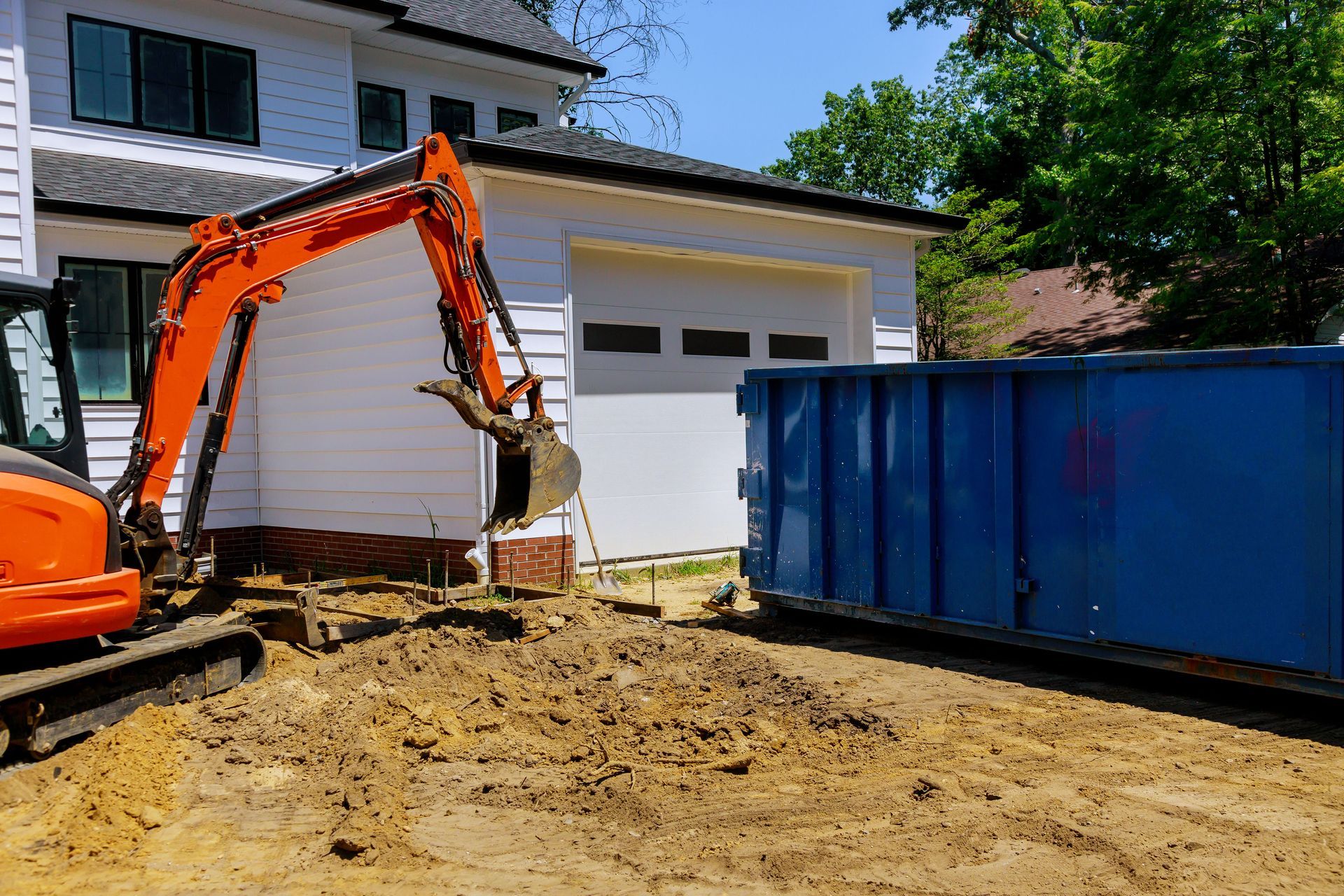

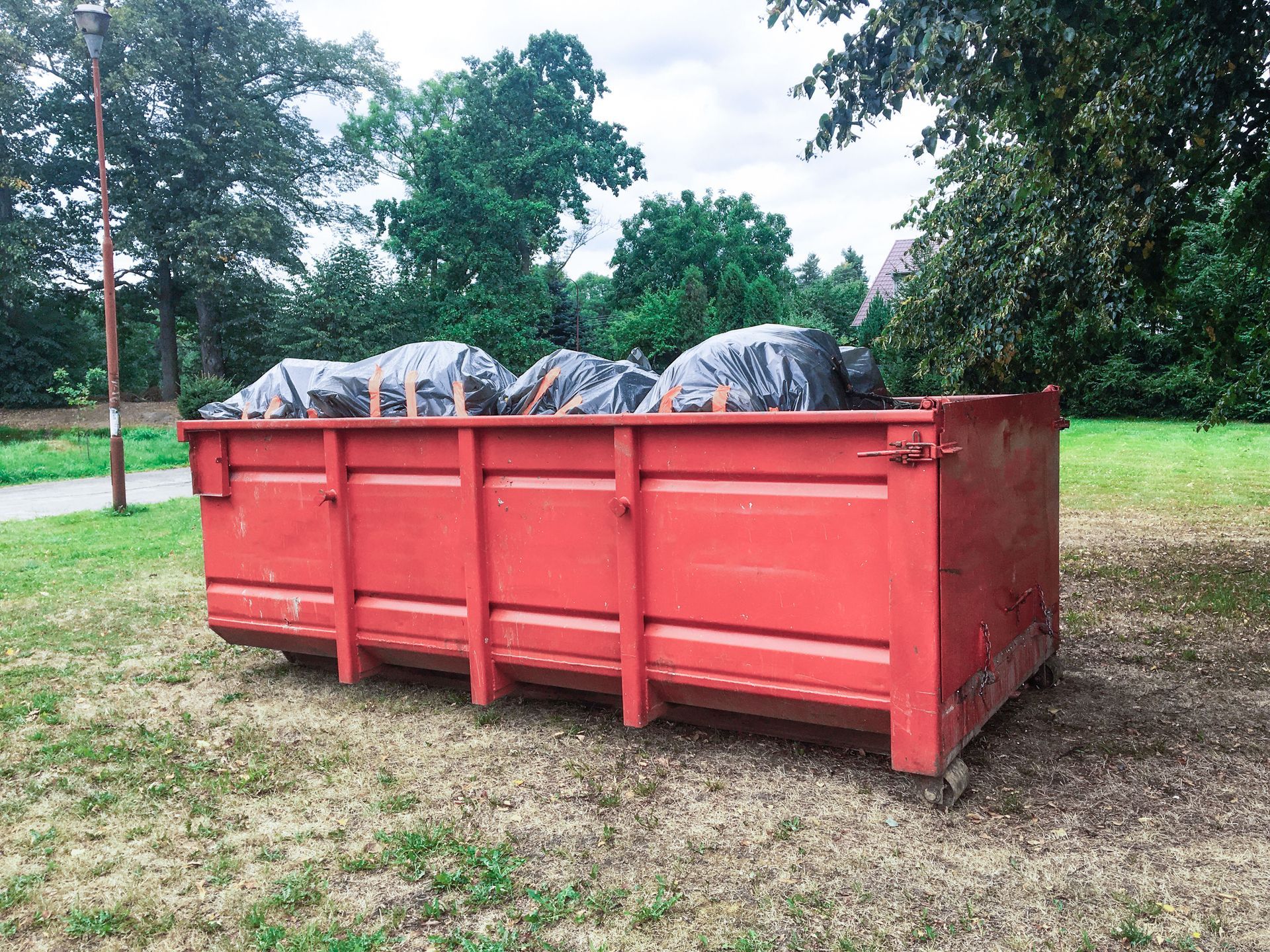
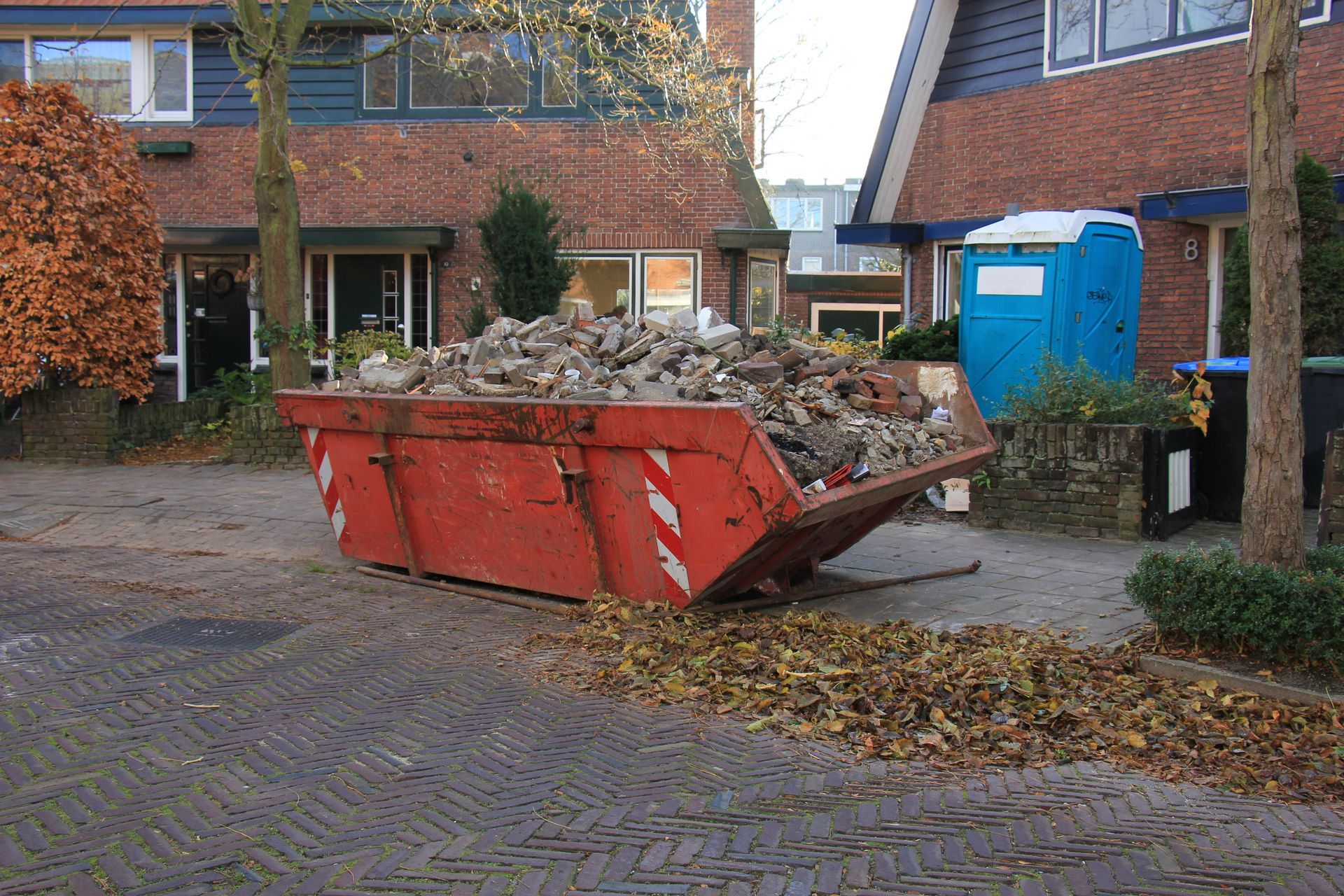
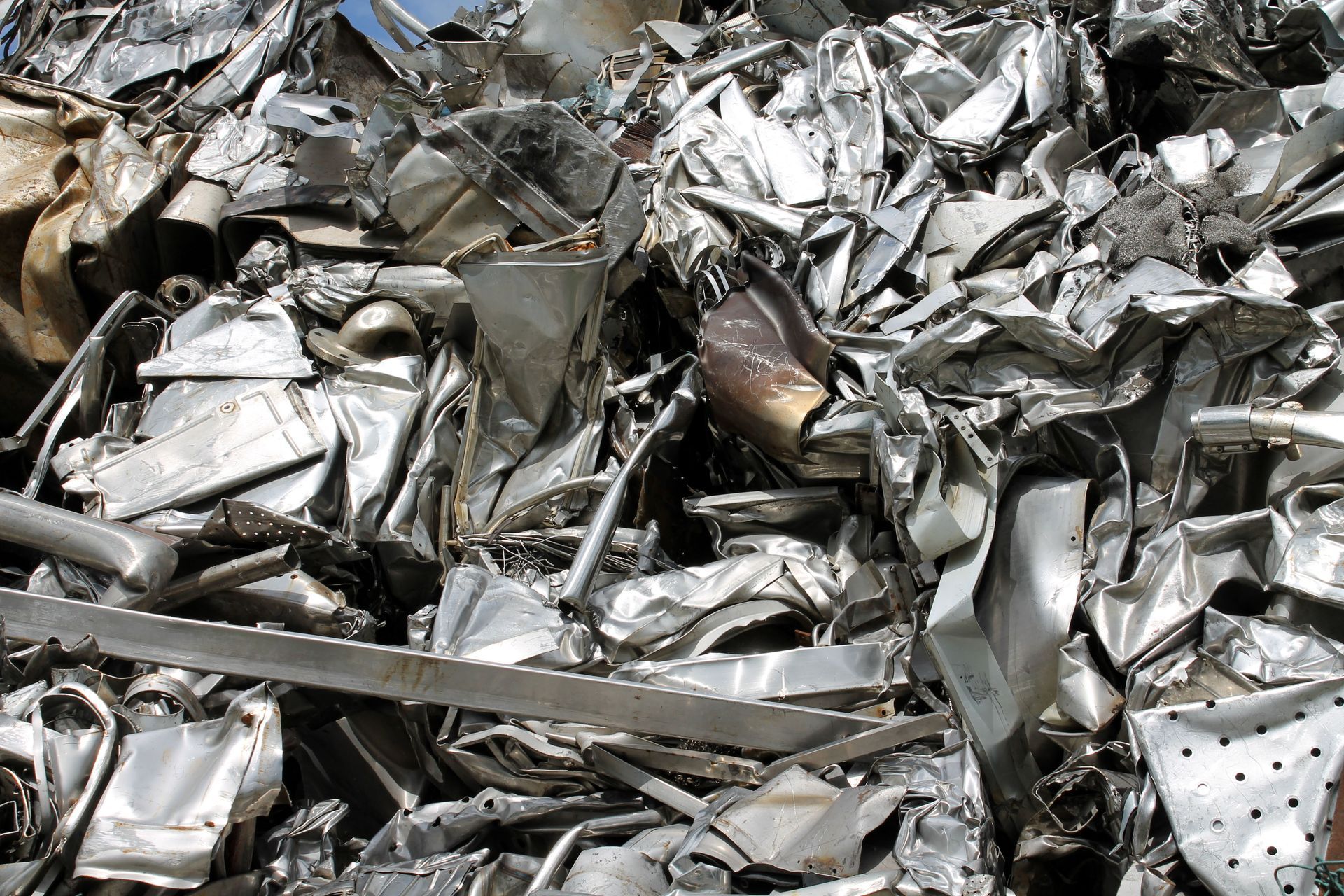

Share On: